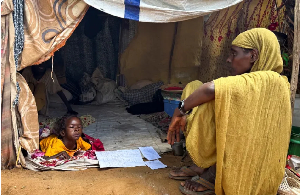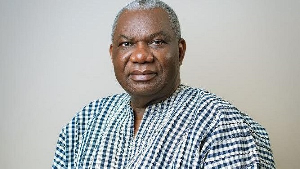A research group from the University of Health and Allied Sciences has documented medical terminologies in the Sideme and Tegbor languages to bridge the communication gap between health care providers and patients in Avatime and Tafi traditional areas of the Volta Region.
Avatime and Tafi are two of four minority language areas of the region, which is predominantly Ewe speaking.
The group, led by Dr. Nathaniel Glover-Meni as principal investigator, worked on the topic “Engendering healthcare among language minority areas in the Volta Region (Ghana) using indigenous communication strategies: A case of the Avatime and Tafi Traditional Areas.”
Other team members are Mr. Dominic Agyei, Mr. Joy Ato Nyarko, and Ms. Mabel Frempong.
At a community engagement on the project held at Vane on March 5 to disseminate the findings of the research, Dr. Glover-Meni disclosed that the research established the prevalence of the communication gap between language minority populations and health care professionals, a situation that does not promote good communication for good health outcomes.
It also established that there was limited use of indigenous communication strategies within the health care setting.
The compiled Medical Terminologies will be made available to health workers in the areas under this study and to the regional and district/municipal health directorates in the hope that the availability of this resource will help health providers who are not indigenes to better appreciate the health needs of the people.
Osie Adjah Tekpor VII, Paramount Chief of Avatime Traditional area, said he was pleased with the effort of the team and requested that they extend such work to other minority areas across the country to help bridge the identified communication gap in order to enhance health delivery in those areas.
Regional News of Monday, 22 March 2021
Source: uhas.edu.gh













